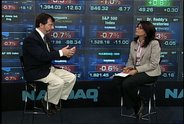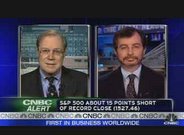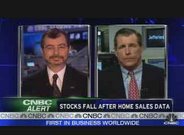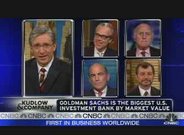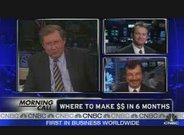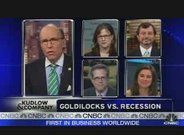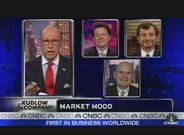“Inflection Day” Rally: Progress Report and Forecast




Since “inflection day”*, the equity markets have witnessed a modest increase in risk appetite. This is evidenced by several indicators (credit spreads, TAF and TSL auctions, for example) as well as by the trading action between and among various market indices.
To illustrate, the charts to your left show the risk appetite increase but it is not as uniform as one might suspect. And a few surprises are found.
Chart 1** (upper left) shows the performance from a size and style perspective. Note that the top performer is the Mid Cap group (overall - MDY, value - IJJ, growth - IJK). In the number four performance slot is Small Cap Growth (IJT). The rest (Small Cap, Small Cap Value, Large Cap, Large Cap Value, Large Cap Growth, and Micro Cap) are bunched fairly closely together with Micro Cap (IWC) at the bottom of the list.
Chart 2 (upper right) looks at the data from a US economic sector perspective. Here, Energy and Basic Materials assume their global growth story lead position. And “defensive issues” such as Healthcare and Consumer Staples are at the bottom of the list. The remaining sectors are bunched together. However, it is interesting to note who is in the number three performance slot – Consumer Discretionary.
Chart 3 (lower left) takes us to the global markets with the lead country/region held by China (FXI). The second cluster contains Japan (EWJ), Latin America 40 (ILF), and Emerging Markets (EEM). The bottom grouping is anchored at the bottom by the United Kingdom (EWU).
Chart 4 (lower right) provides a look at the BRICs. Once again, China (FXI) heads the group with Brazil (EWZ) in second place. Russia (RSX) is third. And the S&P 500 (SPX) just ahead of highly volatile India (INP)
So, what does this all mean?
Investment Strategy Implications
The above charts provide equity market performance evidence of a return to risk among investors. Higher risk styles, countries, and regions have generally produced the best “inflection day” rally results thus far. There is also performance evidence that US investors believe economically sensitive sectors such as Consumer Discretionary are likely to be near term beneficiaries of the rebate checks in the mail.
From a macro strategy perspective, however, there is much to be concerned about re the sustainability of the “inflection day” rally beyond the end of the summer.
For example, it has been argued on this blog and in my reports that the equity markets are a touch ahead of themselves, that the return of investor risk appetite (including a higher degree of comfort re earnings) is premature at best. The pain to be experienced - economic, financial, and political – going into 2009 may surprise many ready-to-return-to-risk investors. The same goes for those who seem ready to resurrect the Goldilocks scenario (is Kudlow listening?).
That said, it has also been argued here that in the very short term (as in this month), valuation levels and certain technical analysis data suggests the “inflection day” rally may fade a bit before resuming after Memorial Day (US).
Again, so what does this all mean?
I may be wrong but here goes:
Flat to down in the very short term; up through the end of summer; possible mega market top within the next six months; investor hell on earth in 2009.
*So declared by many market mavens as being March 17 – Bear Stearns bailout day.
**click on images to enlarge.
Note: All dates are from March 17 (“inflection day”) through the close yesterday.

































